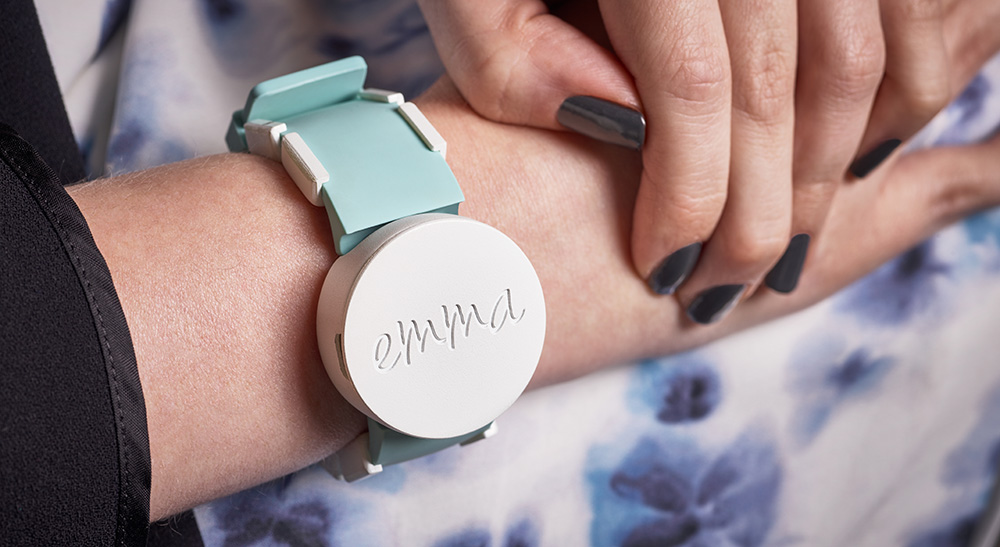Emma Watch is a wearable device initially created to help people suffering from Parkinson’s Disease compensate for the intentional tremors in their hands.
Introduction
According to statistics from the Parkinson’s Foundation, more than 10 million people worldwide are living with Parkinson’s Disease. Tremors are a symbolic symptom of Parkinson’s disease. As a result, it would be hard to write or hold something steadily for people with Parkinson’s disease.
Emma Lawton is a designer and creative director. Drawing and writing are crucial skills for her. However, she was diagnosed with early-onset Parkinson’s at age 29 and worried the symptom might impact her career badly since it would be difficult to draw a straight line and write clearly.
One day, a Microsoft Research team created a wearable device that reduced tremors effectively. The team invented the Emma Watch, which was dedicated to helping Emma regain control of her hand while performing simple drawing and writing tasks. Now she is continuing her graphic design career for decades.

Features
The Emma Watch can be categorized under the Functional solutions model and the social model. The functional solutions model aims to solve the issue and find solutions. Reducing tremors improves the experience when people with Parkinson’s Disease hold things.
On the other hand, the Emma Watch with interchangeable colored straps is stylish, portable, and practical. It doesn’t catch people’s eyes and inspires creative design to make people with Parkinson’s Disease look no different from others. That is in line with the definition of the social model – which emphasizes the human right to participate in society.
If the next version of the Emma Watch can be combined with the feature of a watch, it would be more inclusive since other people might need the watch to reduce tremors as well, not just people with Parkinson’s Disease. This change will not only make the device functional for more people who have tremors (Tremor is most common among middle-aged and older adults) but also offer the service of showing time.
But there is one accessible concern I have: how do people with Parkinson’s Disease take on and off the device solely with tremors and stiff limbs?
Conclusion
I am a left-hander. I’ve struggled and learned to “adapt” some design in my 28-year life. Because most products, such as subway turnstiles, gates, scissors, and lecture chairs, were designed for right-handers. Therefore, I deeply understand how people feel when they are “left” out by the world.
One day, I bumped into the video “Emma Project” in the hallway at Microsoft. I was moved by the assistive technology truly helps people live the way they want when I saw Emma’s tear. Thus, I long to live in a world people can be themselves, and help people achieve more.
I believe accessibility design is inclusive of everyone. The social model makes sense to me because I support that sometimes the world is not accessible and doesn’t embrace everyone enough. Everyone, including people with disabilities, lives in their way. No one should be excluded from achieving their needs.
Luckily, more and more people have realized inclusive and accessible design. A lot of assistive technology is growing in the market. While the Emma Watch is still in the research phase, additional testing is underway to assess the device’s effectiveness in different Parkinson’s patients. In the future, I wish that the technology can be released and help more people with movement disorders.
